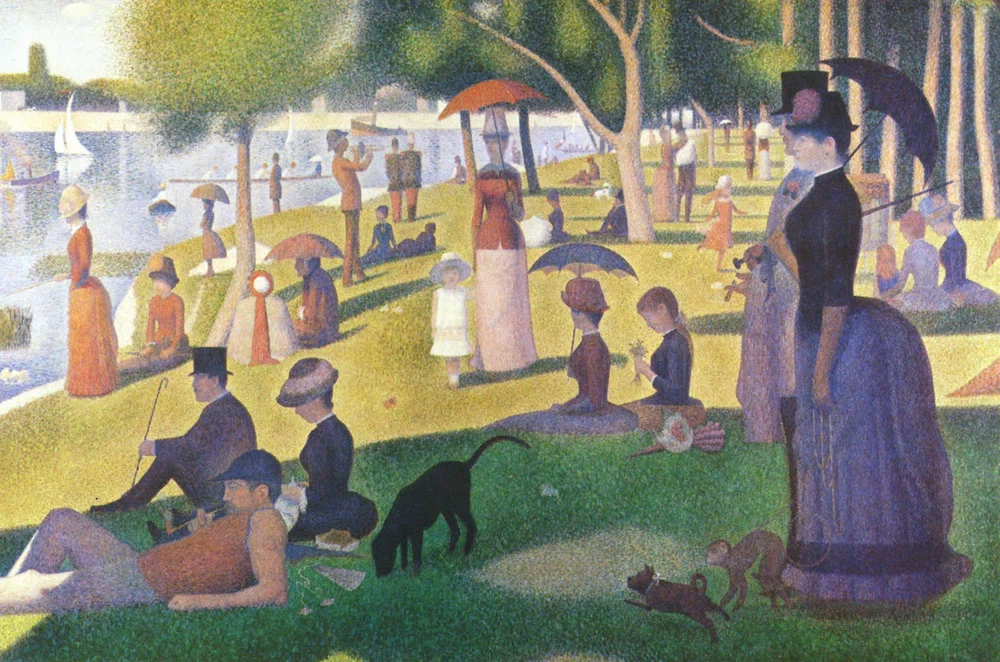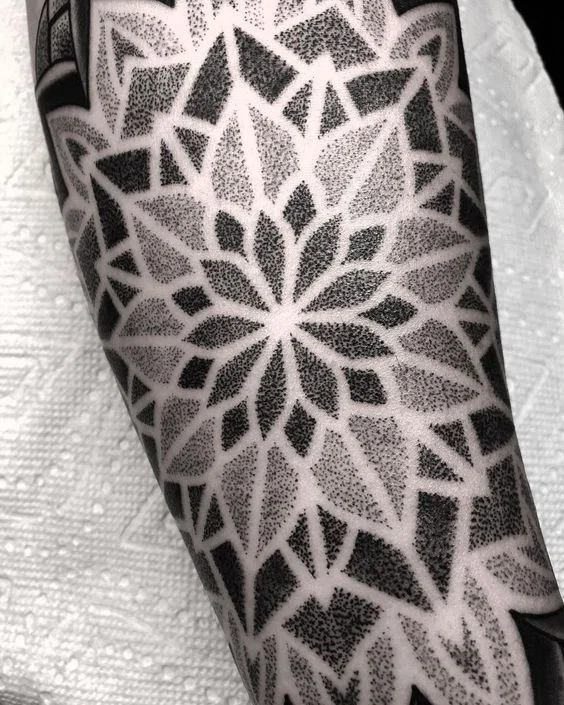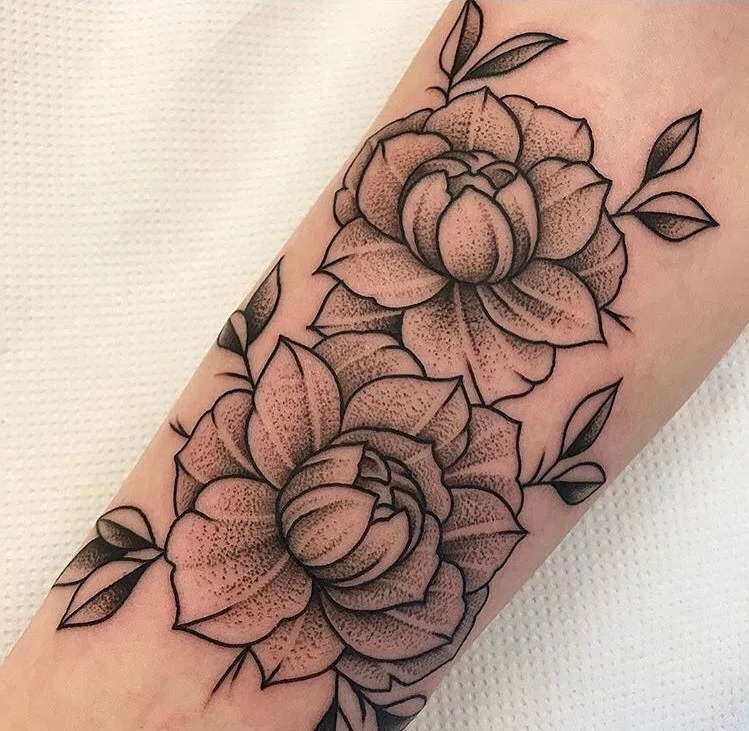Tattoo techniques: dotwork
Breaking down the dotwork technique applied to tattooing
04 January 2024
Dotwork, as we know it today, is one of the most used techniques among tattoo artists and requested by clients, but it has a history beyond tattooing. But what is it that makes it so attractive, and what techniques can be used to capture it?
To understand it in depth, we must first look into the past for a sec and discover its cultural impact from its origin to the present day.
The original Pointillism emerged in France from one of the pictorial classics of the 20th-century avant-garde; when Georges Pierre Seurat revolutionized the Impressionist movement by adding a new technique never seen before, with his work "Sunday Afternoon on the Island of La Grande Jatte", considered a pioneer and icon of the time.
Such was the impression and attraction of this technique that artists soon joined this interesting artistic movement.
What characterizes pointillism?
There are many types of pointillism, both in black and white and in color; but basically, the technique consists of creating figures through the approximation of dots, spots, and strokes, in order to achieve volumes, shadows, and reliefs.
And it is precisely the way it is employed that is so attractive and interesting, since, taking as a basis one of the laws of Gestalt perception, it takes advantage of the way in which our eyes mix colors and strokes when seen from a certain distance; which generates a sensation of form, luminosity, and detail that is fascinating to see. An effect worthy of an optical illusion.
The different applications in the field of painting are so extensive that they would not fit here. Therefore, we will focus on how it is transferred to the tattoo trade.

Dotwork in tattooing
This technique, specifically in tattoos, is known as Dotwork; and it also has many different applications, but they differ from the pictorial ones because, of course, they are not applied with brushes.
Regardless of the technique used, anyone who tattoos dotwork must be patient and careful when doing it, since it is not easy to do and requires as much precision as composition awareness.
That is why it is crucial to have a good knowledge of drawing for tattooing, since the light behavior and the contrast between the shadows play a fundamental role in the effect one seeks.
Very simply put: the greater the number and closeness of dots or strokes, the darker they are, and vice versa.

For those who are new to this technique, it is highly recommended that when practicing, they begin with the darkest areas of the design in order to generate a gradient little by little.
The needles to use are usually the low calibre RL-type to achieve neat and slim dots, which is the important thing, since in this way it is much easier to dominate the lights and shadows.
These tattoos, in addition to being done with machines, can be done through the Handpoke technique, where the inks are applied dot by dot at different speeds and ways.
The inks used for this type of work vary depending on the technique, style and preferences of the artist. But they can be either diluted, to generate a more subtle effect, or pure, to generate a stronger contrast.
Whip and pepper shading
Due to the way this technique is done, it is usually faster to tattoo than the previous one, since the dot effect is determined through light strokes that are applied through a specific hand motion, usually pendulum-like.
For this type of tattoo, it is recommended to use low calibre line needles, 3RL or 5RL are generally the most used.
The use of this needle allows you to be more versatile in the designs and details to generate smooth results. Besides, they generate less damage than more solid strokes that tend to hinder the job more.
Therefore, the healing process in this case is normally shorter than in other styles.
The needle must be inserted from the side, that is, slightly inclined, and the stroke has to be performed quickly so that the needle creates the dot effect on the skin.

This is essential when tattooing. Otherwise, it may result in continuous lines, and this is not the expected effect.
A peculiar fact is that when creating the stencil in this type of work, many tattoo artists tend to transfer only the lines and no shadows (or just a few slight guides), thus resolving them directly on the skin.
However, the designs and styles can vary and the ways to make them change depending on the preferences of the tattoo artist and the client. So, this should not be taken as an unbreakable rule.
In any case, remember that it is always better to fill in from the darkest to the brightest parts. Doing so is not only useful to achieve an effective gradient, but it can also make your work easier.
And as a final advice, keep in mind that this technique can only be improved through trial and error.
For, although it is less demanding and faster than going individually dot by dot, it still requires precision in the strength and movement of the stroke to achieve the desired effect.
Every skill gets better with practice
Pointillism has become a big part of tattooing, as it allows you to achieve very interesting shading effects without using more than a single needle and ink. That is why it has been widely adopted by various styles of tattooing.
In short, if used well, it can be an effective and creative solution to give volume to tattoos without necessarily making gradients with dilutions.
However, it is necessary to have well-worked patience and concentration either to create it one dot at a time, or to generate it with scraping or whipping effects, as well as having a broad notion of composition and drawing.
Techniques that can only be polished through study and practice, like everything in tattooing!
Interested in learning how to create these fascinating shading effects and practicing them until you can tattoo them fluently and skillfully? Then our new MasterCourse: Blackwork Tattooing, with Rebollo can come in handy. Inside, you not only learn and put into practice all the techniques that comprise this complex but versatile style, but you also discover how to capture it with creativity and originality.